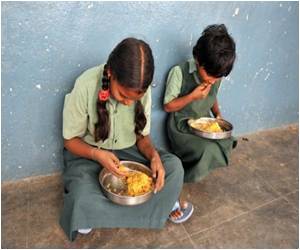Nearly half of the world's population is now living in urban areas and this urban migration has negatively impacted the reach of social schemes on health and nutrition to children.

"Half of the world's population lives in Asia, while China alone has an urban population of 630 million. Asia is home to 66 of the 100 fastest-growing urban areas (half of these in China)," the report said.
Mexico, US, Saudi Arabia, France, Brazil and Argentina were listed among countries with a high rate of 75 percent urban population.
The report presents a grim picture of life in urban areas. "Nearly 1 in 3 urban dwellers worldwide lived in a slum," said the report which defines a slum as one lacking access to one or more: improved water, improved sanitation, security of tenure, durability of housing and sufficient living area.
"The number is rising to 6 in 10 in Africa. Over one billion children lived in urban areas," said the report.
The situation was no better in India's capital Delhi, where over 54 percent of children from slums attended primary school in 2004-2005, compared with 90 percent of children city-wide.
Advertisement
Urban violence and crime, stunted growth, malnutrition, poor elementary education, poor hygiene and sanitation were just some of the implications of life in urban slums.
Advertisement
The UNICEF recommends ensuring urban planning and infrastructure development meets the needs of children in urban slums, promoting partnership between government and voluntary organisations, and identification and removal of barriers against inclusion of children.
Source-IANS









